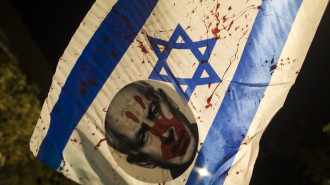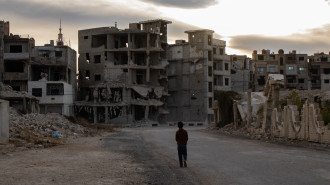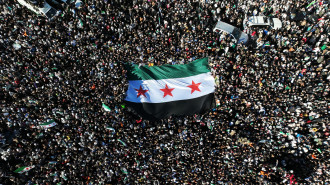Breadcrumb
Iran's casualties in Syria: Senior commanders and Afghan militiamen
Analysis: As Iranian involvement in Syria appears to escalate, Farah al-Zaman Shawki tallies reports of Iranian casualties from Tehran's news outlets over the past two years.
3 min read
Brigadier-General Hossein Hamedani was killed in the northern region of Aleppo [Anadolu]
Since the start of the Syrian war, military and political officials in Tehran tried to maintain that Iranian involvement in Syria was restricted to advisers assisting regime forces in their war against "terrorism".
However, Iranian media, including official outlets, would gradually reveal the presence of Iranian and Afghan-Iranian "volunteers fighting to defend religious shrines" in Syria and fending off "terrorists".
Iran rarely publishes figures on its casualties in Syria.
However, in late June, the official Iranian news agency, IRNA, said 400 Iranian nationals had been killed in Syria since the start of the conflict there in 2011.
IRNA said 79 of these nationals were buried in the province of Khorasan Razavi in the northeast of the country, as most were Afghan refugees in Iran originally based in the province.
That figure has since risen, based on Iranian acknowledgments of recent casualties, such as Brigadier Generals Farshad Hassounizadeh and Hamid Mokhtarband, both Revolutionary Guards Corps (IRGC) commanders recently killed in action in Syria.
Iran's casualties, which may be indicative of the formation of its troop deployment in Syria, mainly consist of IRGC commanders, who take part in planning and advising on major operations; and individuals guarding Shia Muslim religious shrines in Syria - primarily Afghan-Iranians from the Fatemion Brigade.
However, things could now be changing, with recent reports suggesting hundreds of Iranian soldiers are deploying in Syria.
The latest high-profile Iranian casualty was General Hossein Hamadani from the IRGC. His funeral was held in Tehran on October 11, before he was taken to be buried in his birthplace of Hamedan, in western Iran.
Hamedani was a senior commander, according to official statements made by Mohsen Rezai, secretary of the Expediency Council and a former commander of the IRGC.
Hamedani was credited with helping create the pro-regime militia National Defence Forces (NDF), which comprises thousands of Syrian fighters, modelled after Lebanese militant group Hizballah.
Before the recent high-level casualties, Iran had also lost General Mohammad Ali Allahdadi in an Israeli airstrike in the southern Syrian province of Quneitra in early 2015, along with seven Hizballah fighters including Jihad Mughniyeh, son of late Hizballah commander Imad Mughniyeh.
In June, Iran buried a lieutenant named Hamed Jovani, who died after a 40-day coma following injuries sustained in Latakia.
In the same month, three IRGC soldiers, including a high-ranking officer, were killed in an IED attack along the Damascus-Daraa highway.
In August, Iran officially announced the death of Ahmed Hiyari, leader of the Imam al-Hussein Brigades, in battles near the city of Latakia.
Many other Iranian officers were also killed earlier this year and late last year, with official acknowledgement from various Iranian news outlets.
Those officers included members of the Iranian Basij force, a state-sponsored paramilitary volunteer militia, who the Fars News Agency said in February were defending holy shrines in Syria.
The Fatemion Brigade has also had many fatalities over the past two years, most notably Major General Ali Reza Tavassoli, the brigade's commander, who died alongside several of his men in battles with al-Qaeda affiliate the Nusra Front near Daraa in March.
Tavassoli was of Afghan origins, and was close to Quds Force commander General Qassem Soleimani.
The direct Iranian involvement in Syria, regardless of its previous or current scale, started almost immediately after the start of the conflict.
Alongside Iranian IRGC advisers and regulars, and Afghan fighters, Iran-backed Iraqi Shia militias were also brought in ostensibly to "defend the holy shrines", with a view of shoring up the regime of Bashar al-Assad.
However, Iranian media, including official outlets, would gradually reveal the presence of Iranian and Afghan-Iranian "volunteers fighting to defend religious shrines" in Syria and fending off "terrorists".
Iran rarely publishes figures on its casualties in Syria.
However, in late June, the official Iranian news agency, IRNA, said 400 Iranian nationals had been killed in Syria since the start of the conflict there in 2011.
 |
|
IRNA said 79 of these nationals were buried in the province of Khorasan Razavi in the northeast of the country, as most were Afghan refugees in Iran originally based in the province.
That figure has since risen, based on Iranian acknowledgments of recent casualties, such as Brigadier Generals Farshad Hassounizadeh and Hamid Mokhtarband, both Revolutionary Guards Corps (IRGC) commanders recently killed in action in Syria.
Iran's casualties, which may be indicative of the formation of its troop deployment in Syria, mainly consist of IRGC commanders, who take part in planning and advising on major operations; and individuals guarding Shia Muslim religious shrines in Syria - primarily Afghan-Iranians from the Fatemion Brigade.
However, things could now be changing, with recent reports suggesting hundreds of Iranian soldiers are deploying in Syria.
The latest high-profile Iranian casualty was General Hossein Hamadani from the IRGC. His funeral was held in Tehran on October 11, before he was taken to be buried in his birthplace of Hamedan, in western Iran.
Hamedani was a senior commander, according to official statements made by Mohsen Rezai, secretary of the Expediency Council and a former commander of the IRGC.
Hamedani was credited with helping create the pro-regime militia National Defence Forces (NDF), which comprises thousands of Syrian fighters, modelled after Lebanese militant group Hizballah.
Before the recent high-level casualties, Iran had also lost General Mohammad Ali Allahdadi in an Israeli airstrike in the southern Syrian province of Quneitra in early 2015, along with seven Hizballah fighters including Jihad Mughniyeh, son of late Hizballah commander Imad Mughniyeh.
In June, Iran buried a lieutenant named Hamed Jovani, who died after a 40-day coma following injuries sustained in Latakia.
| Iranian advisers, regulars, Afghan fighters and Iraqi Shia militias were brought in to shore up the Assad regime |
In the same month, three IRGC soldiers, including a high-ranking officer, were killed in an IED attack along the Damascus-Daraa highway.
In August, Iran officially announced the death of Ahmed Hiyari, leader of the Imam al-Hussein Brigades, in battles near the city of Latakia.
Many other Iranian officers were also killed earlier this year and late last year, with official acknowledgement from various Iranian news outlets.
Those officers included members of the Iranian Basij force, a state-sponsored paramilitary volunteer militia, who the Fars News Agency said in February were defending holy shrines in Syria.
The Fatemion Brigade has also had many fatalities over the past two years, most notably Major General Ali Reza Tavassoli, the brigade's commander, who died alongside several of his men in battles with al-Qaeda affiliate the Nusra Front near Daraa in March.
Tavassoli was of Afghan origins, and was close to Quds Force commander General Qassem Soleimani.
The direct Iranian involvement in Syria, regardless of its previous or current scale, started almost immediately after the start of the conflict.
Alongside Iranian IRGC advisers and regulars, and Afghan fighters, Iran-backed Iraqi Shia militias were also brought in ostensibly to "defend the holy shrines", with a view of shoring up the regime of Bashar al-Assad.

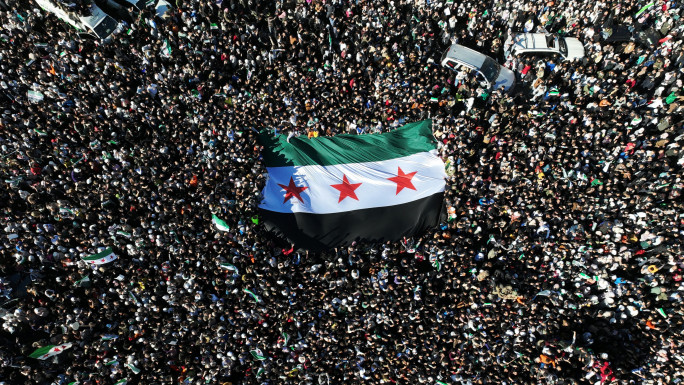
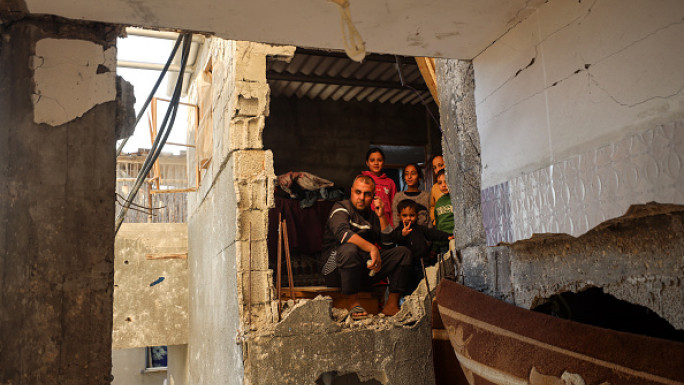
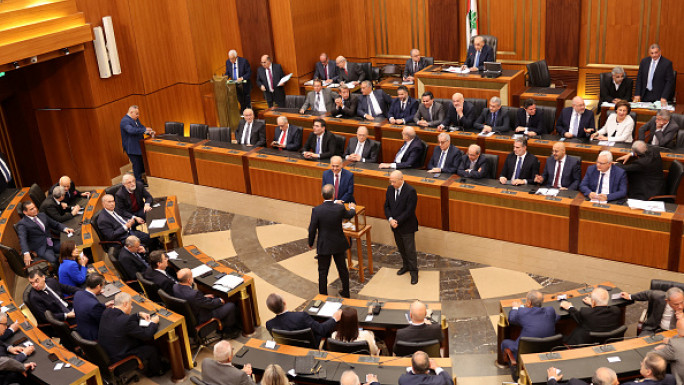
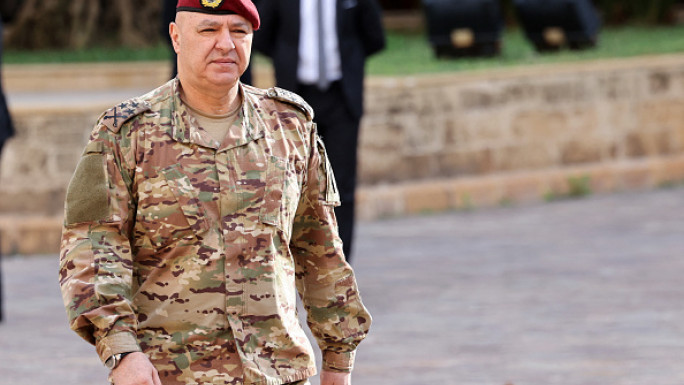
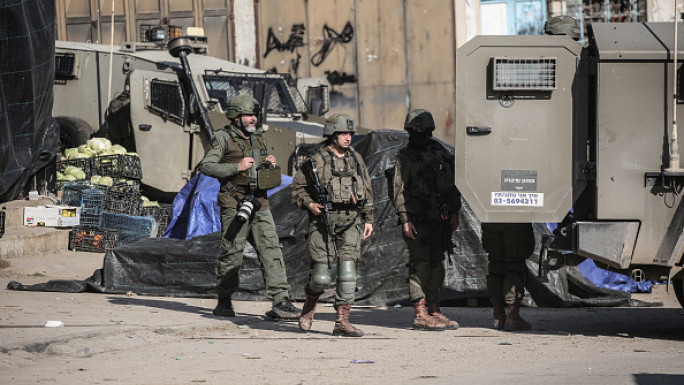
![Anthony Blinken speech [Getty] Anthony Blinken speech [Getty]](/sites/default/files/styles/image_684x385/public/media/images/6263436E-8ACD-4D3C-9055-25A7BE79DD5A.jpg?h=d1cb525d&itok=fLHmHCRG)
 Follow the Middle East's top stories in English at The New Arab on Google News
Follow the Middle East's top stories in English at The New Arab on Google News
